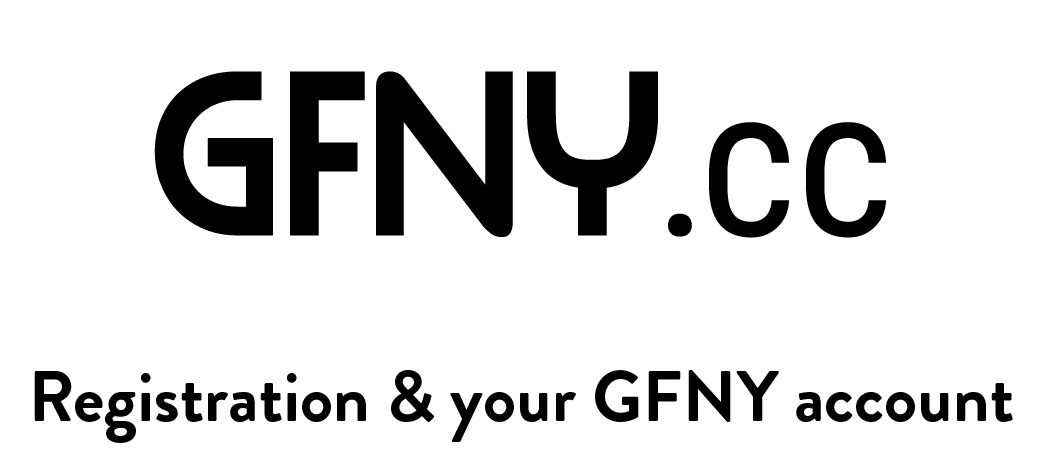Anti-Doping
The purpose of this page is to communicate GFNY’s support of WADA and to provide the necessary information to our athletes.
While GFNY is not a WADA Code signatory, we recognize the importance of clean competition, and have taken an unusually proactive stance in implementing an anti-doping program on behalf of clean athletes and the integrity of our sport, which includes adherence to the WADA Prohibited List.
In 2012, GFNY was the first amateur competition in the world to test athletes out-of- competition (OOC) in addition to the traditional in-competition (IC) testing. The more costly and more difficult OOC testing is widely recognized as the superior testing method.
GFNY is opposed to the practice of doping in sport, on ethical and medical grounds, and fully supports the position of the World Anti-Doping Agency (WADA) against the use of banned substances and methods.
The use, possession and/or trafficking of banned substances, methods, or the encouragement or counseling to use banned substances, or methods, and/or taking measures to mask the use of banned substances, or methods by any participant in competitions is unacceptable and will not be tolerated.
GFNY has adopted WADA’s anti-doping policies and procedures in order to ensure a clean, healthy and fair sporting atmosphere for all athletes.
The rules and regulations of GFNY’s Anti-doping Policy aim to:
- Promote GFNY as a drug-free event;
- Uphold and preserve the ethics of sport;
- Ensure that all athletes have an opportunity to compete equally;
- Safeguard the physical health and mental integrity of the athletes; (please see below on the long-term health effects from doping)
- Encourage Affiliate Federations to execute similar regulations with their athletes.
Athletes who test positive at GFNY, receive an immediate lifetime ban for all GFNY events. Furthermore, GFNY reserves the right to ask the doper for any damages to its reputation that are a consequence of his/her positive doping control. If the rider is part of a team participating at GFNY, the team can be held liable for this damage.
In 2012, two male riders in the top 10 tested positive for EPO on GFNY NYC race day.
In 2015, the first man across the finish line and the third woman across the finish line tested positive for testosterone.
In 2017, a rider was caught for EPO during out-of-competition testing. The rider reimbursed GFNY for the testing.
In 2019, two riders were caught for EPO during out-of-competition testing.
We see these results as a positive sign that our testing works. You can’t find cheaters unless you look for them.
Educational Information
Long-Term Effects of Doping
One of the pillars of GFNY’s anti-doping position is to safeguard the physical health and mental integrity of the athletes that compete in GFNY events. Training and competition are the healthy products of participation in sport. The desire to compete and excel in a sport, drives training, and training drives performance. But at times, the urge to short cut, or short circuit that virtuous cycle through biological doping may seem harmless. A low risk for a large gain can seem too good to be true. And as with most other things, if it seems too good to be true, it probably is.
According to The Mayo Clinic (https://www.mayoclinic.org/healthy-lifestyle/fitness/in-depth/performance-enhancing-drugs/art-20046134) every imaginable form of doping will have eventual side effects. Some of these side effects will have severe, life-threatening impacts over time, while others will introduce side-effects that the athlete may need to live with for life.
Further, while some banned substances would need to be administered by a doctor, some over-the-counter substances (drugs or medicines), supplements (vitamins, protein powders, and other items generally available in “health stores”), would be risky enough, still others are readily available via the public Internet, with no control over the substances origin or ingredients. Meaning, in every case, the question each athlete needs to ask themselves is - “what risk am I introducing to myself, and my loved ones by putting this in my body?”
In a recent article for “Cyclist” (https://www.cyclist.co.uk/in-depth/doping-lifetime-ban) the lifetime ban for doping question is raised, but in a large part takes a back seat to the long term health effects. Author James Witts, provides a solid explanation of the cause and effect impacts, including some of the impacts of gene changing substances like EPO (erythropoietin) being passed down in lineage from the doper to their offspring. Long term, Witts’ article asks the question of lifetime bans for dopers to address the lingering impacts even when they are clean.
There will always be a cost for performance. A faster bike, a new coach or training plan, that aero helmet - all of these are just money and have some value to the athlete if they should choose to ever stop competing. But the health effects will stay with the athlete for life, and will only cost the athlete. Time, money, and health, for a performance boost that will likely be meaningless compared to the lifetime of lingering effects that will remind the athlete of the perils of doping every day.
Given the nefarious origins of many of the performance boosting drugs that are easily available, it’s important to remember that it may only take one slip, one step into the doping world to produce a lifetime of health issues or immediate life threatening impacts.
Remember - it’s the athlete’s responsibility to take care of their body and mental health to be at their best. The athlete is solely responsible for what they take in. So instead of taking a step into the doping world, focus on nutrition and training. There are no shortcuts.
Why Athletes Cheat
Remove all of the external forces that may influence an athlete to dope or cheat. In doing so, consider what remains as the only internal force that can make the final connection to the athlete’s motivation to cheat and actually doing so. This is a critical consideration. While many would point to the money, pressures from team or teammates, or even indirectly from rivals, these are all external motivations. They are forces that act upon the athlete outside of their control.
A coach may influence an athlete to take an illegal supplement or drug, or a group of teammates may claim that “we are all doing this, and we can’t trust you to stay quiet unless you do this as well” (the Omerta – a different but wholly relevant story), but ultimately, the ingestion, injection, or use of any method of cheating comes down to the athletes themselves. How to reconcile these external pressures with the internal forces that are within the athlete’s control. It is very simple. The ego. The athlete’s ego however conflicted the athlete’s conscience may be by the dilemma of cheating, is the remaining force that assures the athlete that “the end result justifies the means”. That I have added value to my team, that I have stood on the podium, that I have worn that different colored jersey.
The external rewards, of the money, prizes, endorsements may actually help to cloud the judgement of the athlete, but ultimately the dopamine release that goes with hearing others congratulate you on your accomplishment, that you have done right by the team, that you are the best in the field today, these are what the athlete competes for – on every level. So much so, that when considering cheating there is little that differentiates what motivates professionals and what motivates amateurs. For professionals, keeping up, staying in the pro ranks, being good enough to compete. For amateurs, perhaps that lure is simply a podium spot, being able to stay with the front group, or perhaps winning your age group.
Whatever the result desired by the athlete it is the athlete’s ego that drives how hard they work and whether they will cheat. The difference between a cheating athlete and an honest athlete is whether the result is to be the best of the field, or just the best that they can be.
GFNY tests to the best of our ability with the knowledge of how athlete’s think about cheating, and how in-and-out of competition testing can work as a deterrent to cheating. While no anti-doping program can be 100% effective, continuing to test is an external factor that can help deter a cheater from competing, and catch cheaters whose egos will not let them walk away from what they believe they can achieve through doping. As with any other kind of fraud, those who are inclined to cheat will continue to try to find ways to game the system to satisfy their own egos. Because of this athlete GFNY will continue to evolve testing and look for new ways to discourage this behavior.
By Chris Geiser, GFNY Media Team
Educational Information:
- Ego involvement increases doping likelihood. https://www.ncbi.nlm.nih.gov/pubmed/29235936
- Machiavellian Personality Types Part I: Justifying the Means https://www.16personalities.com/articles/machiavellian-personality-types-part-i-justifying-the-means



